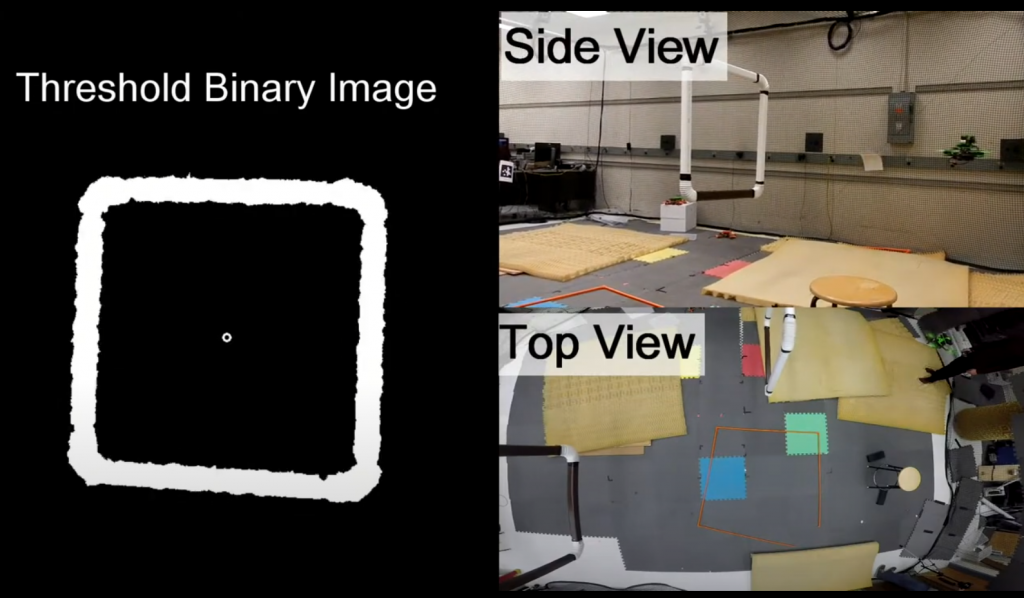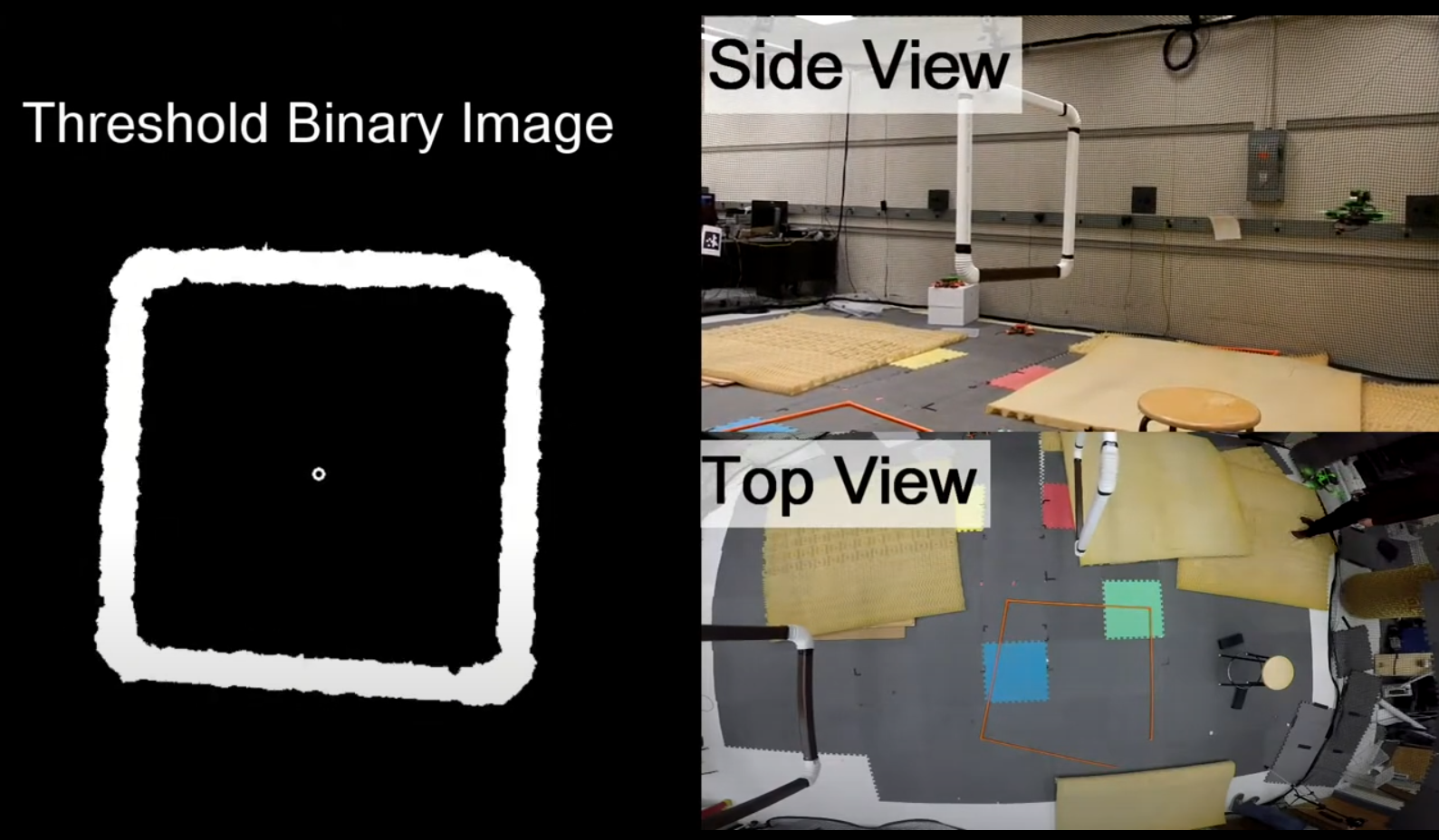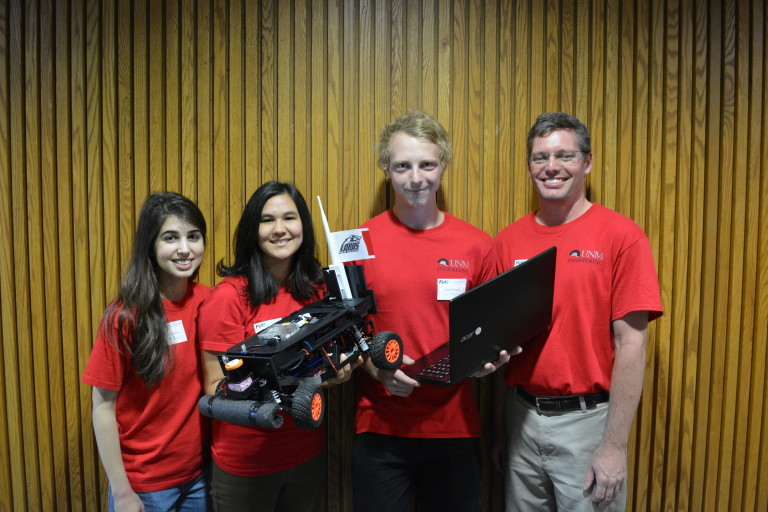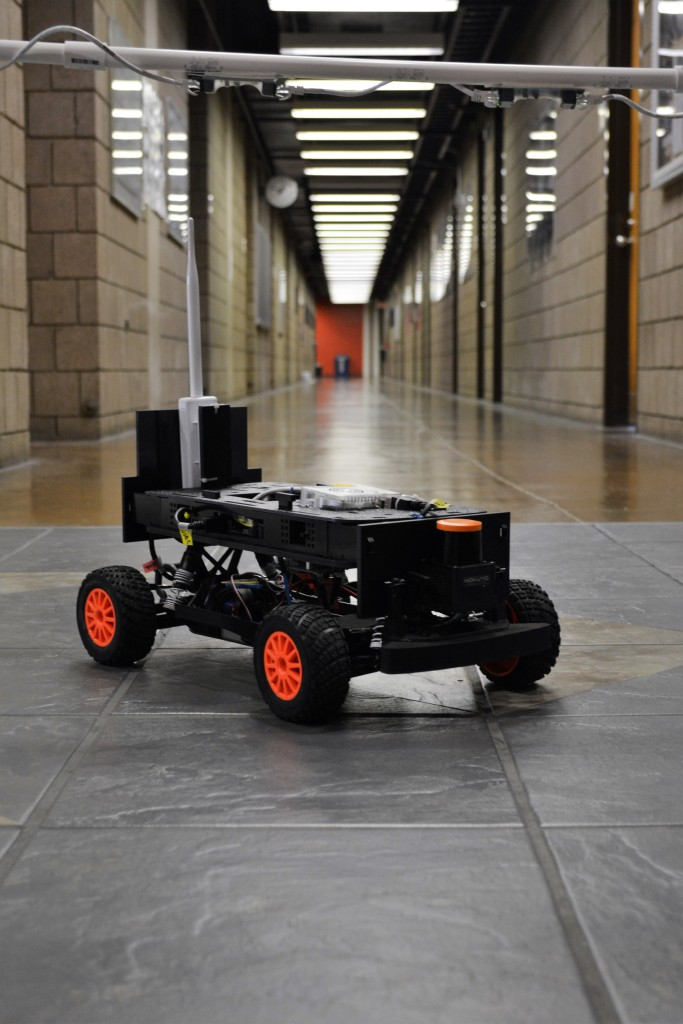The UNM MARHES Lab racing team, LoboRacers won 2nd place in the first-ever F1/10 International Autonomous Racing Competition at Carnegie Mellon University on October 1-2, 2016. The F1/10 Competition involves assembling, programming, and racing an autonomous car of the one-tenth scale of an actual Formula One race car. The objective of this competition is to motivate students to develop advanced algorithms that could be applied to self-driving cars in the future. The cars are programmed utilizing Python and Robot Operating System.
At the moment, the LoboRacers’ car runs a simple wall following an algorithm that uses distance measurements from five different angles collected with the LiDAR sensor. This way the car can determine how close it is to obstacles and at what rate is that distance from the obstacle changing, such that it may adjust its speed and/or turn accordingly to avoid collisions. The LoboRacers team is currently working on improving the car’s localization and mapping algorithms in preparation for the next race in 2017. The localization and mapping driving approach involves first creating a map of the desired path or “racetrack” by manually driving the car through remote control. Afterward, the driving algorithm is applied, and through the car’s odometry, it will be able to know where it is on the map and expect any upcoming turns, again adjusting its speed to avoid colliding with the edges of the track. This method should allow the car to drive faster and more efficiently, as it will no longer need to “sense” obstacles in real-time and can instead anticipate them and be prepared to execute its speed and direction altering commands.






